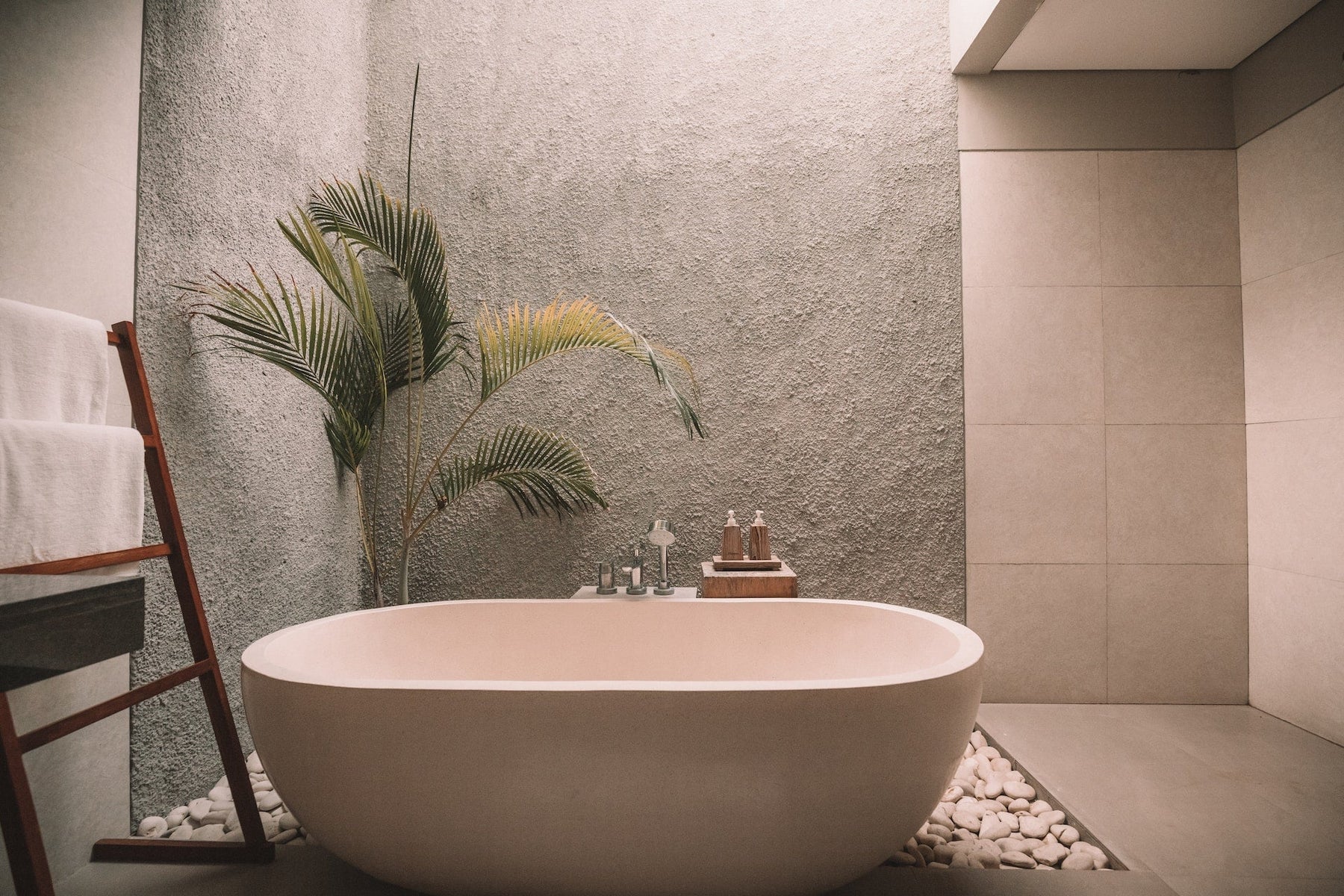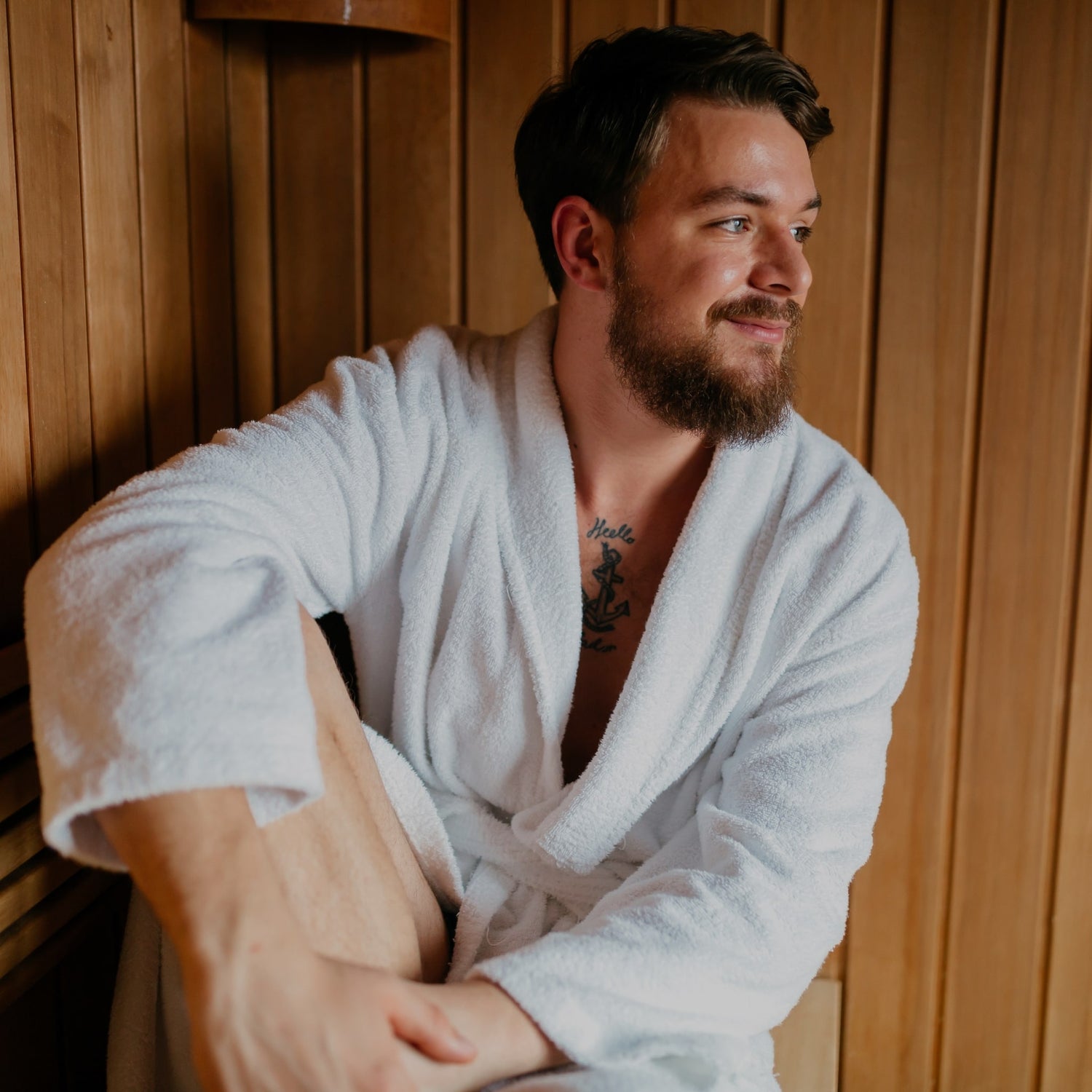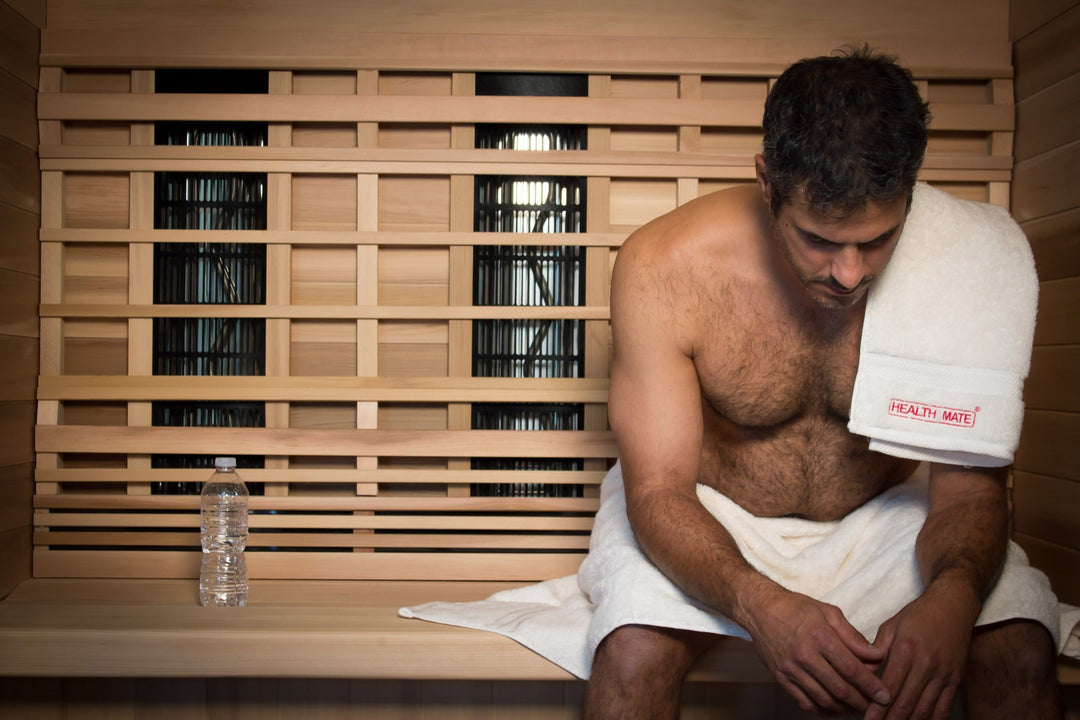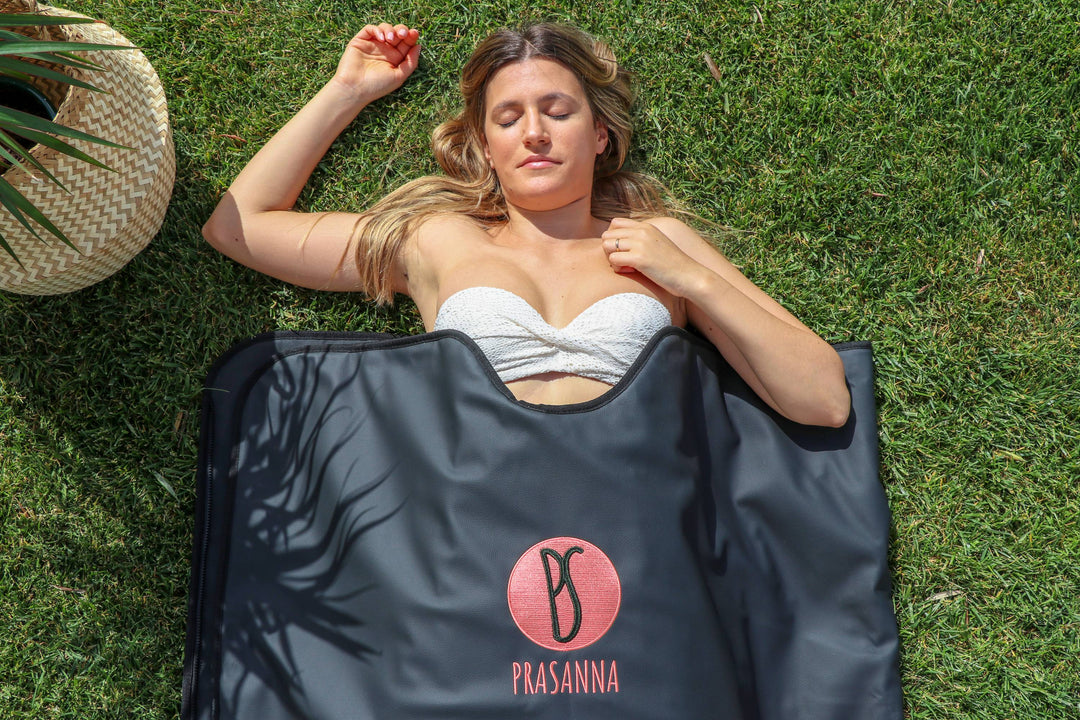
How to Do Hot and Cold Therapy at Home: The Best Products
Hot and cold therapy, also known as contrast therapy, is a time-honoured approach to enhancing health and wellness. This age-old practice, rooted in history, has been making a resounding comeback in recent years. It has gained popularity among those seeking natural ways to improve their well-being.
In today’s blog, our aim is to guide you through how to do hot and cold therapy at home, as well as describe its history, science, and all the myriad benefits it offers. So without any further ado, let’s start!
History Behind Hot and Cold Therapy
Hot and cold therapy, also referred to as thermotherapy and cryotherapy, has a rich history dating back centuries. The concept of using temperature variations for healing is not a recent phenomenon; it has deep roots in ancient cultures worldwide.
Ancient Healing Wisdom
In ancient Egypt, hot and cold therapies were integral to medical practices. Egyptians believed in the healing power of the sun's warmth and the cooling properties of water. They used the sun's heat to alleviate pain and water to reduce inflammation. Similarly, in ancient Greece, the renowned physician Hippocrates documented the use of cold compresses and snow to treat injuries and inflammation.
Traditional Chinese medicine also used hot and cold therapies, such as moxibustion (burning herbs for heat therapy) and ice therapy, to restore this balance. It's all about the harmony between yin and yang – two opposite yet harmonious forces.
Key Milestones in Modern Times
The modern resurgence of hot and cold therapy owes much to the pioneering work of 19th-century physicians. Dr. John Harvey Kellogg, a prominent figure in the field of wellness, advocated for hydrotherapy, which involved the use of water in various temperatures to promote health.
Furthermore, the 20th century brought innovations like ice packs and heating pads, which made hot and cold therapy accessible to the general public. These developments revolutionsed the way we apply these therapies in the modern era.
From ancient civilisations to the present day, the healing power of temperature variations has stood the test of time, giving us a way to wellness and recovery.
The Fusion of Hot and Cold
This fusion has gained popularity in recent years, but it's not an entirely new concept. It is a testament to the timeless wisdom of our ancestors. Ancient cultures often included hot and cold treatments in their healing practices.
One of the key figures in popularizing hot and cold therapy is Sebastian Kneipp, a Bavarian priest and hydrotherapy enthusiast in the 19th century. Kneipp believed in the therapeutic power of water and advocated for "Kneipp therapy," which included both hot and cold water applications. His work laid the foundation for the modern understanding of hydrotherapy.

Principles of Interchangeability
The effectiveness of hot and cold therapy interchangeably lies in the principles of contrast. When applied, heat dilates blood vessels and relaxes muscles, while cold constricts vessels and reduces inflammation. This contrast stimulates the circulatory system, enhancing blood flow and promoting the body's natural ability to heal itself.
The alternation between hot and cold also challenges the body to adapt, strengthening its resilience. Over time, this adaptation can lead to increased stamina and improved pain management.
The Science Behind Hot and Cold Therapy on a Cellular Level
To truly grasp the efficacy of hot and cold therapy, we must understand the biological and cellular mechanisms. The body's response to temperature variations is a fascinating interplay of physiological processes, and understanding these can shed light on the benefits of these therapies.
Biological and Cellular Response
When hot and cold therapies are applied, the body responds in a myriad of ways, driven by cellular reactions. Here's a breakdown of these responses:
Heat Therapy (Thermotherapy):
- When heat is applied to the body, blood vessels near the surface of the skin dilate, resulting in increased blood flow to the area.
- This enhanced blood circulation delivers essential nutrients and oxygen to the cells, aiding in the repair of damaged tissues.
- Heat also relaxes muscles and reduces pain by decreasing the sensitivity of pain receptors.
Cold Therapy (Cryotherapy):
- Cold applications cause blood vessels to constrict, reducing blood flow to the affected area.
- This vasoconstriction minimises swelling and inflammation, making it particularly effective for acute injuries.
- Cold therapy can numb the area, providing immediate pain relief.
Benefits of Combining Hot and Cold Therapy
Combining hot and cold therapy, also known as contrast therapy, offers numerous benefits, as each temperature extreme complements the other to create a holistic approach to promoting overall well-being.
- Enhanced Circulation
The alternation between hot and cold triggers the circulatory system to work more efficiently. The heat opens up blood vessels, allowing an increased supply of oxygen and nutrients to reach the cells, while the cold constricts blood vessels, facilitating the removal of waste products. This dynamic process boosts overall circulation, which is vital for optimal health. Source
- Accelerated Healing
The improved circulation resulting from contrast therapy can accelerate the body's natural healing processes. It aids in the repair of damaged tissues, reducing the recovery time for injuries and post-exercise muscle soreness. This makes contrast therapy invaluable for athletes and individuals recovering from physical strain.
- Pain Relief and Management
Hot and cold therapies work in synergy to provide effective pain relief. Heat therapy relaxes muscles, making it ideal for chronic pain and stiffness, while cold therapy numbs the area, offering immediate relief for acute pain, such as headaches and muscle injuries. The combination is a powerful tool for pain management. Scientific Study
- Inflammation Reduction
Cold therapy is particularly effective in reducing inflammation. By constricting blood vessels, it can alleviate swelling and discomfort associated with injuries and inflammatory conditions. The alternating use of hot and cold can address both chronic and acute inflammation.
- Stress Reduction
Heat therapy has a calming effect on the body and mind. It can help reduce stress and anxiety, promoting relaxation and mental well-being. Combining hot and cold therapies in a relaxation routine can enhance the overall stress-relief benefits.
- Improved Skin Health
Hot and cold treatments can enhance skin health by promoting blood circulation and collagen production. This can lead to a healthier complexion, potentially reducing the appearance of fine lines and improving skin texture.
- Enhanced Immune Function
By improving circulation and overall body function, contrast therapy can strengthen the immune system, making the body more resilient against illnesses and infections.
- Boosted Energy and Vitality
The invigorating contrast of temperatures can boost energy levels and vitality. This makes it an excellent morning routine to start the day with vigour and enthusiasm.
- Mood Enhancement
Hot and cold therapies can positively affect mood and mental clarity. The release of endorphins during these treatments can lead to an improved emotional state and mental well-being.
Are you seeking pain relief, faster recovery, improved circulation, or stress reduction? Contrast therapy offers a versatile and natural approach to a healthier and more vibrant life!

How to Do Hot and Cold Therapy at Home or at the Gym
To ensure the right temperature, aim for 50 to 59°F (10-15°C) for the cold water container and 95 to 113°F (35 to 45°C) for the hot water container.
Please make sure you consult with a healthcare professional, particularly if you have pre-existing medical conditions or concerns.
Contrast Therapy (Hot and Cold Alternation)
- Duration: 3 cycles, 3 minutes hot, followed by 1 minute cold.
- Frequency: After workouts or when seeking recovery.
Once your water is at the right temperature, here's what you need to do:
- Slowly immerse your whole body or any body part in the warm water for 1 to 3 minutes.
- Then, immediately follow a 1-minute dip in cold water.
- Repeat this cycle for about 5 minutes, finishing with a last dip in cold water.
Safety Precautions:
- Make sure that the water temperature for hot therapy is comfortably warm, and avoid extreme heat to prevent burns or skin damage.
- When using cold therapy, always use a barrier, such as a cloth or towel, between the skin and the ice pack to prevent frostbite or cold injury.
- Do not use cold therapy for extended periods; 10-15 minutes is generally sufficient.
Always monitor your body's response and discontinue the therapy if you experience discomfort or adverse reactions.
Products You Need to Do Hot and Cold Therapy at Home
Hot and cold therapy is a versatile approach to improving your well-being, and the great news is that it's easily accessible in both gym and home settings. To enjoy the benefits of hot and cold therapy at home, you can invest in specialised equipment that is designed to facilitate these treatments.
Prasanna Far-Infrared Zero EMF Sauna Blanket
- Zero-EMF Technology: The Prasanna Far-Infrared Zero EMF Sauna Blanket employs zero-EMF technology, ensuring a peaceful and safe rejuvenation experience without exposure to electromagnetic fields.
- Effortless Maintenance: This sauna blanket is designed for convenient maintenance and easy cleaning, making it a hassle-free addition to your wellness routine.
- Portability: The blanket is highly portable, allowing you to take your heat therapy solution anywhere you desire, providing flexibility and convenience in your self-care regimen.

- Auto-Shut Off Safety Control: For safety and peace of mind, the blanket includes an auto-shut off feature, preventing overheating and ensuring a secure experience.
- Low VOC Materials: Compared to other brands, the Prasanna Far-Infrared Sauna Blanket is constructed with low VOC (Volatile Organic Compound) materials, promoting a healthier and safer environment.
Conclusion
Thanks for being with us till the end of this blog. As a natural and effective way to promote your health and wellness, we encourage you to try hot and cold therapy. The history of this practice, the science behind it, and the array of benefits it offers serve as compelling reasons to incorporate it into your daily life.
Consider trying a simple routine tailored to your needs, or simply seek the help of a healthcare professional for the best experience.
You can also read our previous blog "2-Minute Cold Plunge Benefits"
Disclaimer

Leave a comment